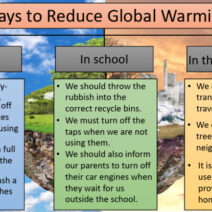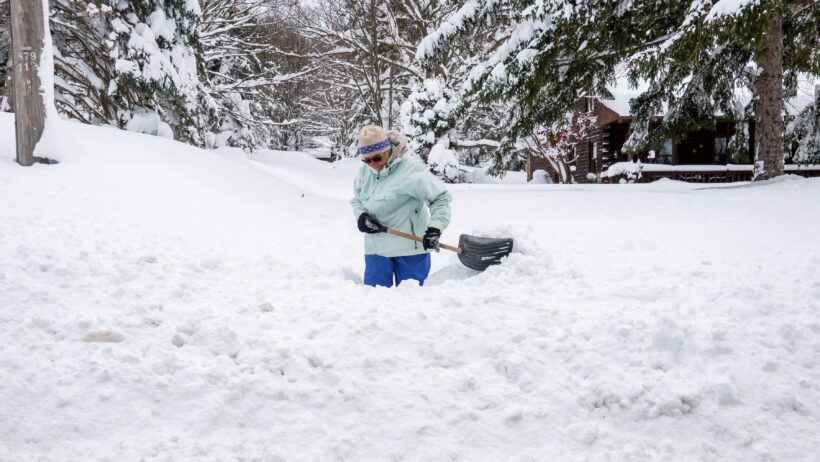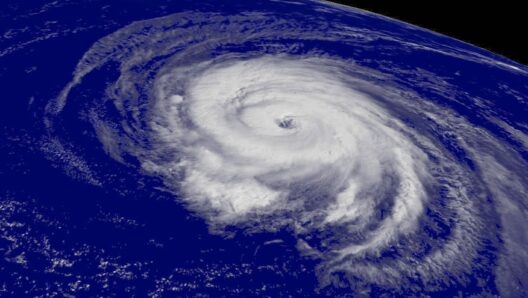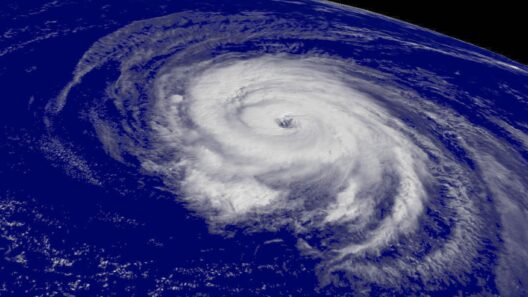Climate change, an alarming and pressing issue, has raised numerous questions regarding its impact on seasonal cycles, particularly the phenomenon we recognize as winter. The inquiry into whether global warming could eradicate winter entirely is multifaceted and complex. This discourse encompasses climatological, ecological, and societal considerations, necessitating a nuanced exploration of how our planet functions, the role of greenhouse gases, and the cascading implications of climatic shifts.
To fathom the potential consequences of global warming on winter, it is imperative to first delineate the processes underlying climate change. The primary driver is the accumulation of greenhouse gases (GHGs), such as carbon dioxide (CO2) and methane (CH4), in the atmosphere, primarily due to anthropogenic activities. These gases trap heat, leading to a gradual increase in the Earth’s average temperatures. This phenomenon has prompted significant alterations in weather patterns, encompassing the frequency and severity of extreme weather events.
As we delve into the likelihood of winter’s disappearance, it is crucial to distinguish between “disappearance” and “alteration.” While it is improbable that winter would vanish entirely, it is entirely plausible that its characteristics would transform drastically. Research indicates that the duration of winter may shorten, with milder temperatures becoming the norm. Warmer winter months could lead to decreased snowfall and the early onset of spring, altering the seasonal rhythm to which many ecosystems, as well as human societies, have adapted.
The ecological ramifications of a shifting winter are profound. Seasonal changes are pivotal for many species, influencing breeding cycles, migration patterns, and survival strategies. For instance, certain flora and fauna have evolved intricate relationships with their seasonal environments. The timing of plant blooming and animal breeding are finely tuned to temperature fluctuations and daylight hours. A warmer winter might disrupt these synchronizations, posing existential threats to species that are unable to adapt swiftly.
Moreover, a reduction in snowfall can have cascading effects on freshwater sources. Snowpack serves as a critical reservoir in many regions, slowly releasing water as it melts, thus feeding rivers and aquifers during warmer months. If winter precipitation shifts from snow to rain due to elevated temperatures, regions that rely on snowmelt could face water shortages, affecting agriculture, drinking water supplies, and hydroelectric power generation.
Socially and economically, the disappearance or alteration of winter presents myriad challenges. Communities that have built their identities around winter activities, such as skiing, snowboarding, and ice fishing, may find themselves facing economic adversity. The winter sports industry, integral to many local economies, could suffer dramatically as snow becomes an increasingly rare commodity. Urban areas that utilize winter seasons for tourism also stand to lose significant revenue, impacting local businesses and jobs.
Urban heat islands, a phenomenon where urban areas experience higher temperatures than their rural counterparts due to human activities, exacerbate the situation. As cities warm, they may endure altered winter conditions, with milder and wetter winters becoming more frequent. This could challenge infrastructure designed for colder temperatures, leading to increased maintenance issues and higher costs associated with heat-related damages.
Another paramount concern is the feedback loop created by the warming climate. Melting polar ice caps and glaciers contribute to rising sea levels, threatening coastal regions and altering oceanic currents that regulate global climates. These changes may lead to unpredictable weather patterns worldwide, intensifying extreme weather events, including winter storms, but in less predictable forms. Paradoxically, despite a warming planet, certain regions may experience harsher and more unpredictable winter conditions due to these shifts, complicating the narrative that global warming eliminates winter.
In contrast, it is also worth acknowledging that some regions are likely to experience milder winters, while others may face intensified winter weather due to changing atmospheric conditions. This unpredictability underscores the importance of adaptive strategies in mitigating climate impacts. Communities must engage in sustainable practices and policy development to address the inevitable changes that lie ahead.
To ensure a resilient future, investment in renewable energy sources, promotion of energy efficiency, and a commitment to reducing GHG emissions are critical. Through concerted global efforts, we can mitigate the severe impacts of climate change and preserve winter in some form. Policymakers must advocate for comprehensive climate action, emphasizing the interconnectedness of maintaining seasonal cycles and the health of our planet.
In conclusion, while it is improbable that global warming will eliminate winter completely, the characteristics of winter are likely to undergo significant changes. The consequences of these alterations are far-reaching, impacting ecosystems, economies, and societal norms. Engaging with this issue requires a proactive approach to climate policy, environmental stewardship, and community resilience. Understanding the complexities of climate change will enable humanity to adapt strategically to the evolving realities of our environment, preserving the essence of winter for generations to come.








